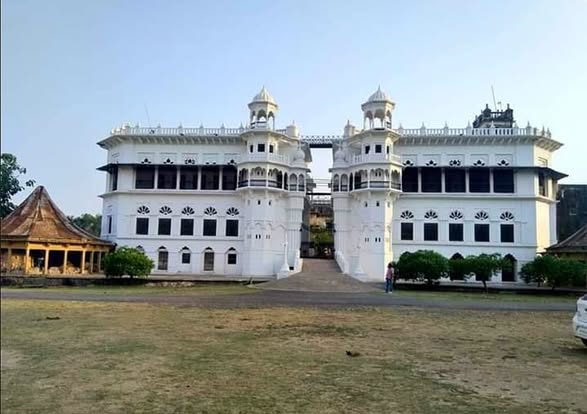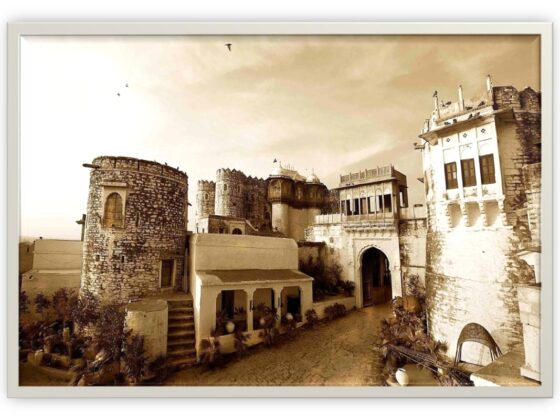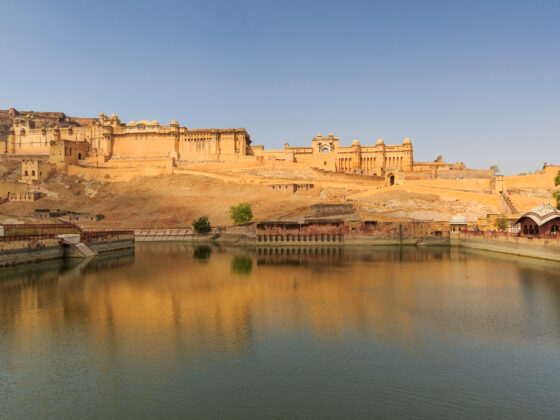The Legacy of Manda Raj: Unraveling Its History

Introduction
Manda Raj, a relatively lesser-known dynasty in Indian history, holds immense significance in regional politics and cultural development. While many dominant dynasties have overshadowed its contributions, a deeper exploration reveals its strategic importance, architectural marvels, and contributions to administration and society. This article delves into the origins, rulers, achievements, and legacy of it, shedding light on its historical relevance.
Origins of Manda Raj
The Manda Raj dynasty traces its roots to a powerful lineage that governed regions of present-day India. Historical records and inscriptions suggest that it emerged during the medieval period, establishing a strong administrative and military foundation. The rulers were known for their strategic governance, trade policies, and patronage of art and culture.
Prominent Rulers and Their Contributions
1. The Founding Monarch
The first significant ruler of it laid the foundation for a stable and prosperous reign. Through military conquests and diplomatic alliances, the kingdom expanded its influence, ensuring economic and social stability.
2. The Golden Era
One of the most notable rulers ushered in a golden era for Manda Raj. Under their reign, agriculture, trade, and infrastructure flourished. The construction of temples, forts, and irrigation systems highlights the dynasty’s commitment to development.
3. Military Prowess and Strategic Alliances
Manda Raj maintained a formidable army and engaged in strategic alliances with neighboring rulers. This period saw defensive fortifications being built to safeguard the kingdom from invasions. Their ability to sustain peace through both warfare and diplomacy marked them as a significant force in regional politics.
Economic and Cultural Flourishing
1. Trade and Commerce
The rulers of Manda Raj established extensive trade networks that connected their kingdom to prominent trade centers. Agriculture, textiles, and handicrafts played a major role in their economic success. The dynasty also encouraged traders from distant regions, fostering a thriving marketplace.
2. Architectural Marvels
Several temples, palaces, and fortresses attributed to it exhibit remarkable craftsmanship. The unique architectural styles reflect a blend of regional influences, making them significant cultural landmarks today.
3. Patronage of Art and Literature
The era of Manda Raj witnessed the flourishing of literature, music, and fine arts. Court poets and scholars contributed to the preservation of historical records and the development of local languages and scripts.
Decline and Legacy
Despite its period of prosperity, Manda Raj eventually faced decline due to various factors, including internal conflicts, external invasions, and changing political landscapes. However, the remnants of its legacy continue to be evident in the region’s architecture, folklore, and cultural traditions.
1. Influence on Regional Traditions
Many traditions and festivals in the region today trace their origins back to the Manda Raj era. Local rituals, artistic expressions, and storytelling continue to keep the dynasty’s memory alive.
2. Preservation Efforts
Archaeologists and historians have been working towards preserving the historical sites associated with it. Conservation efforts ensure that future generations can explore and learn about this once-thriving dynasty.
Conclusion
Manda Raj, though not as widely recognized as other dynasties, played a crucial role in shaping the historical and cultural landscape of the region. Its contributions to governance, economy, architecture, and arts make it a significant chapter in history. By uncovering its legacy, we not only honor the past but also enrich our understanding of India’s diverse and intricate historical fabric.










